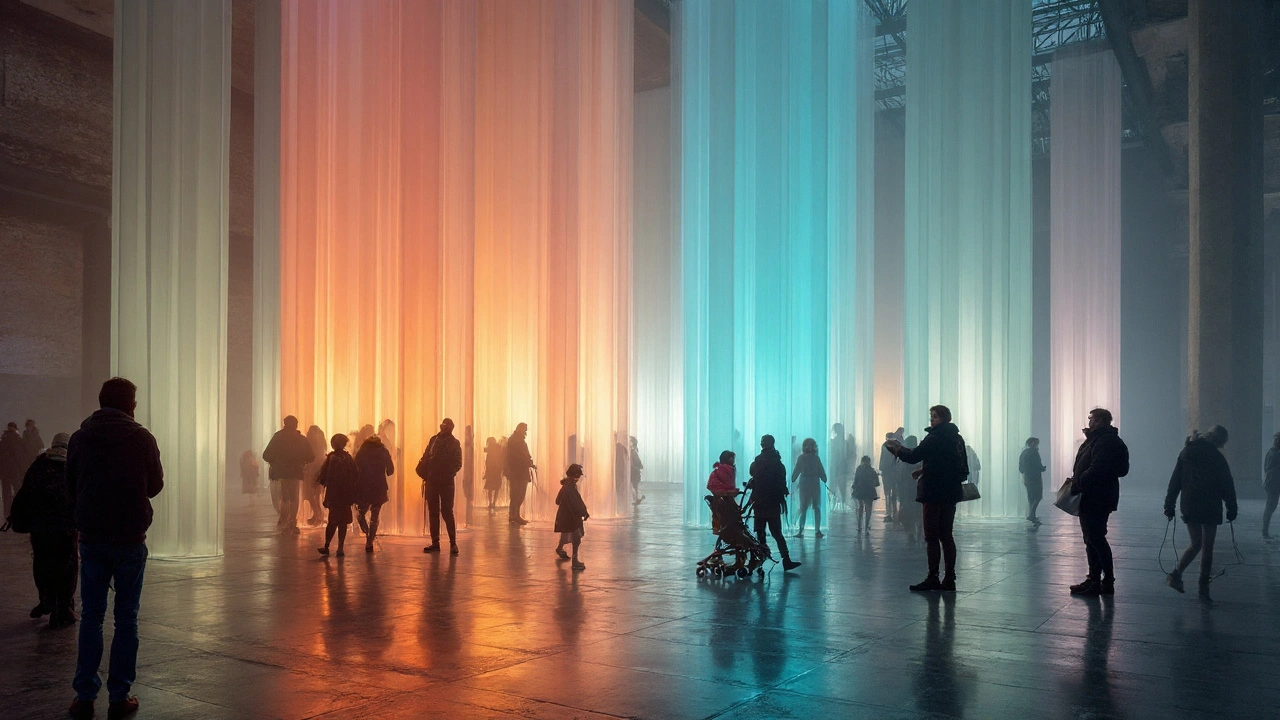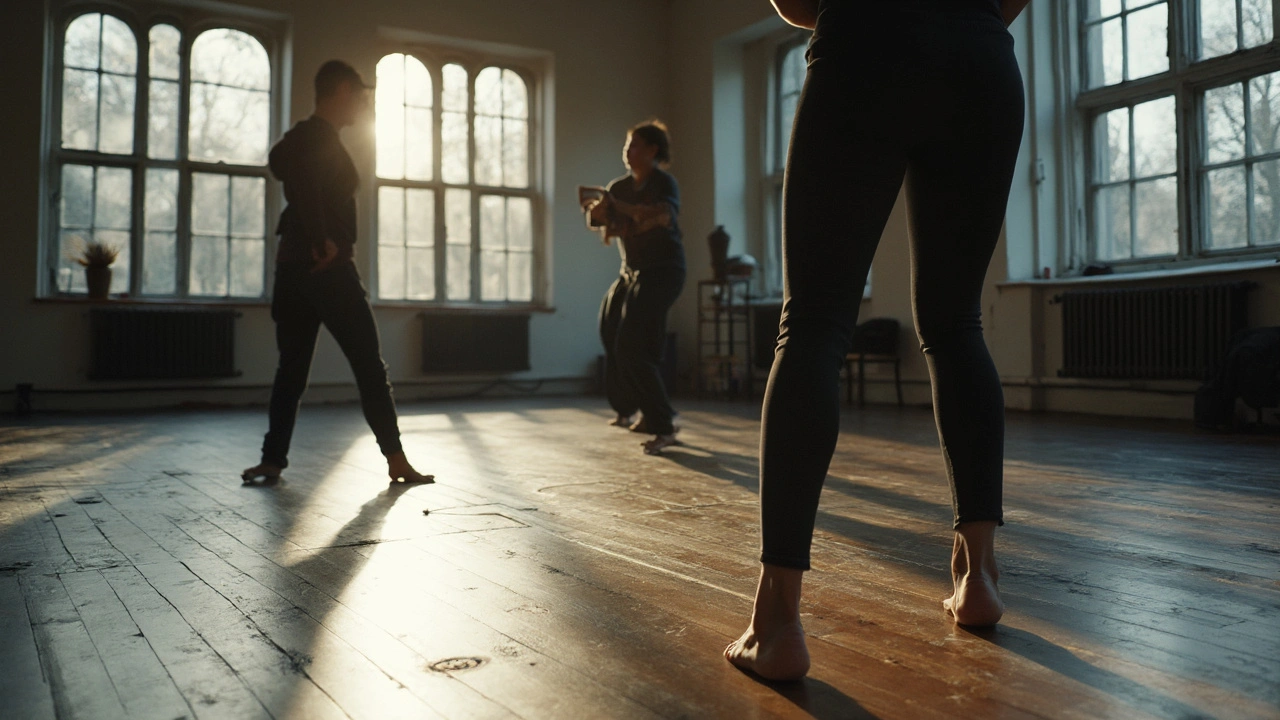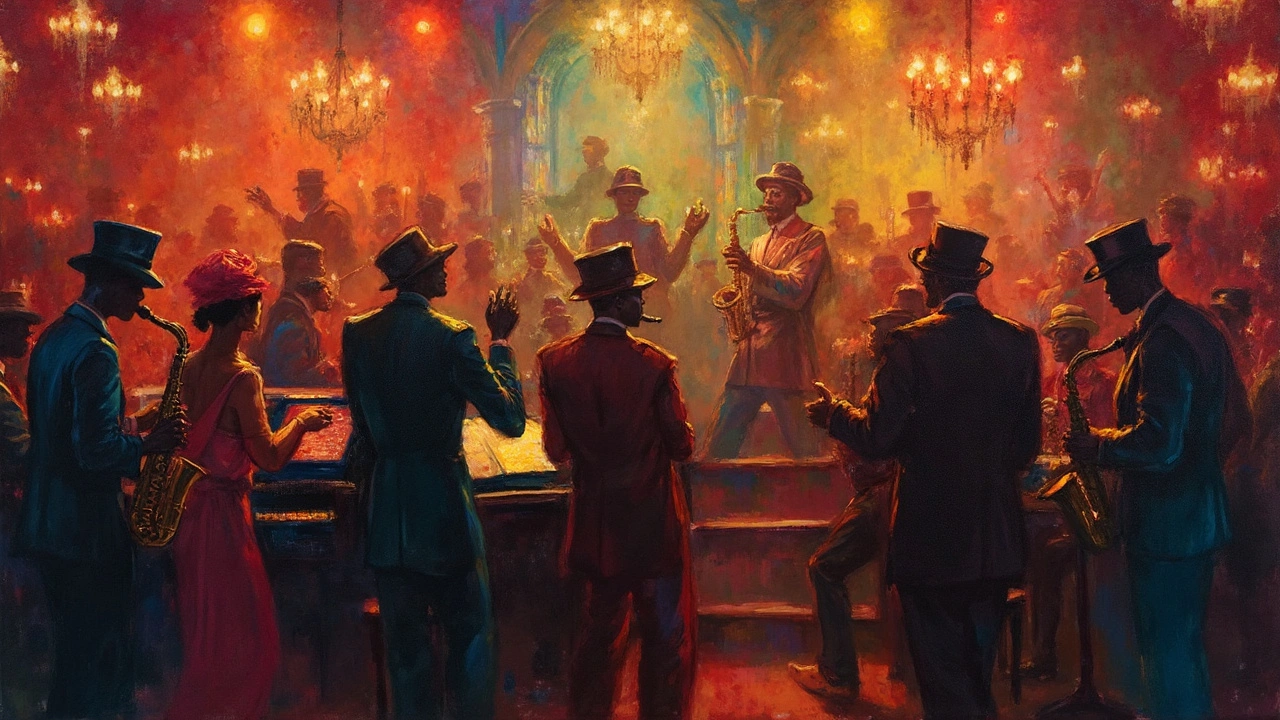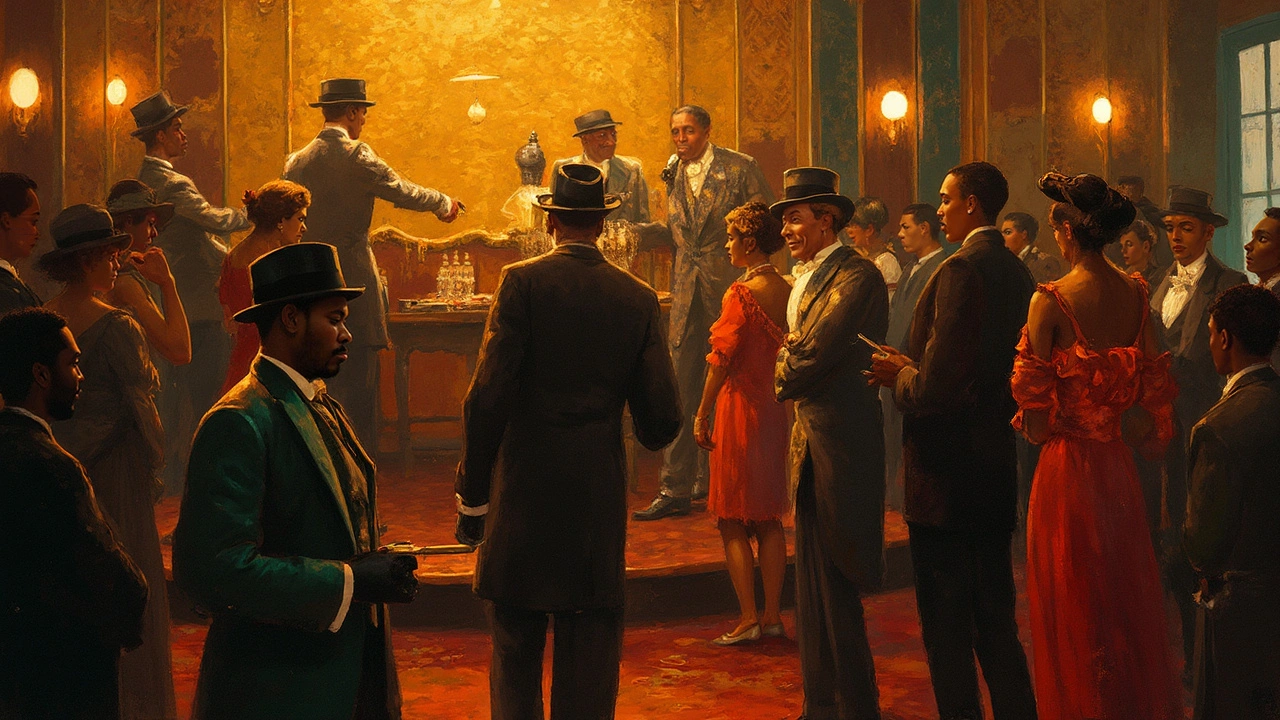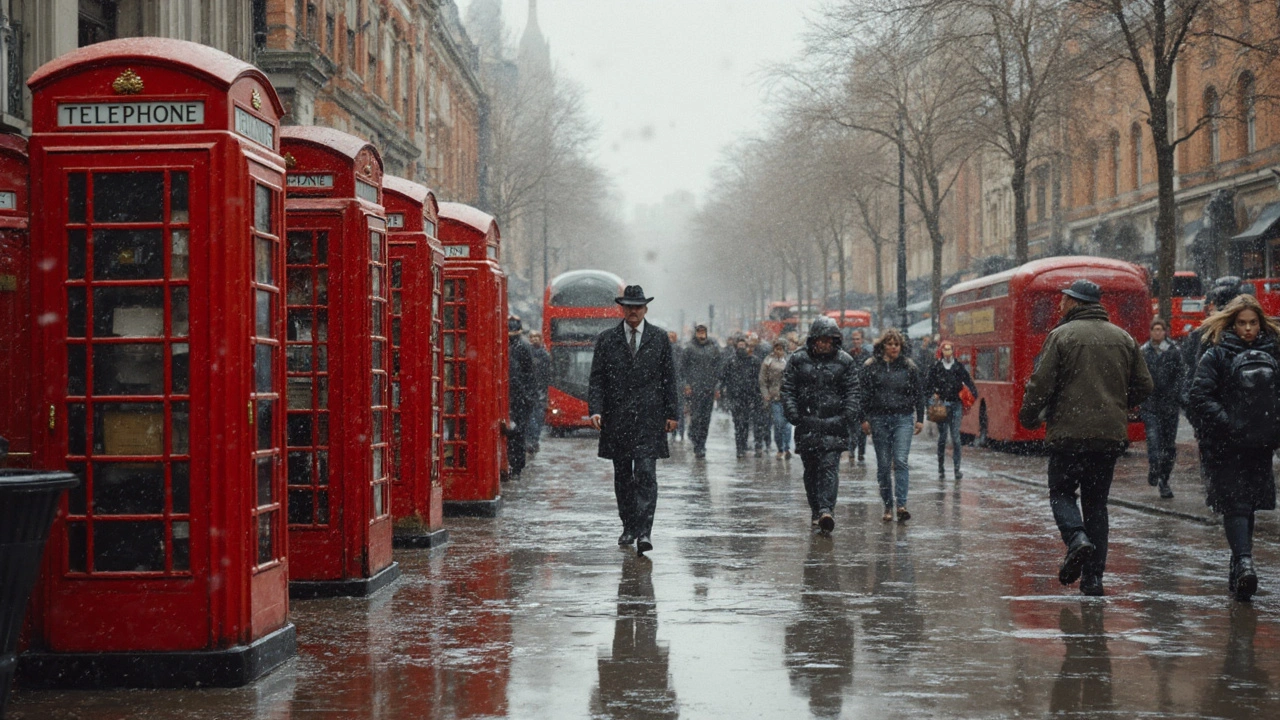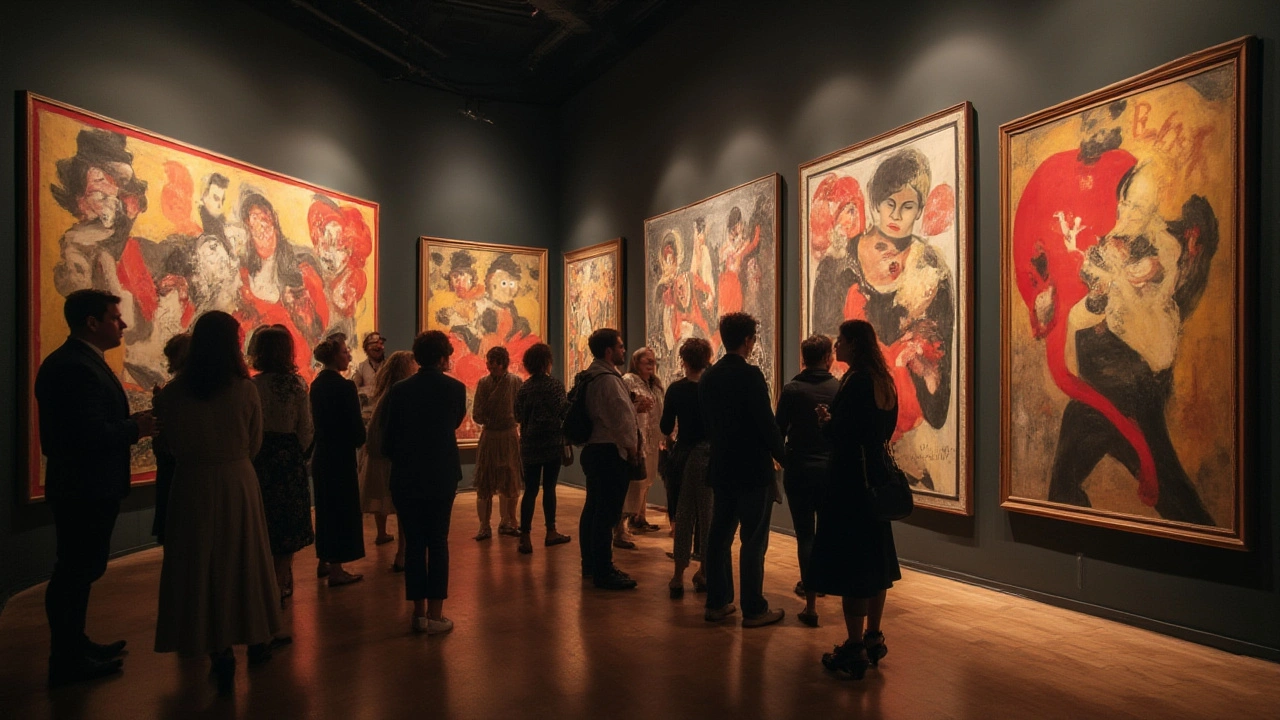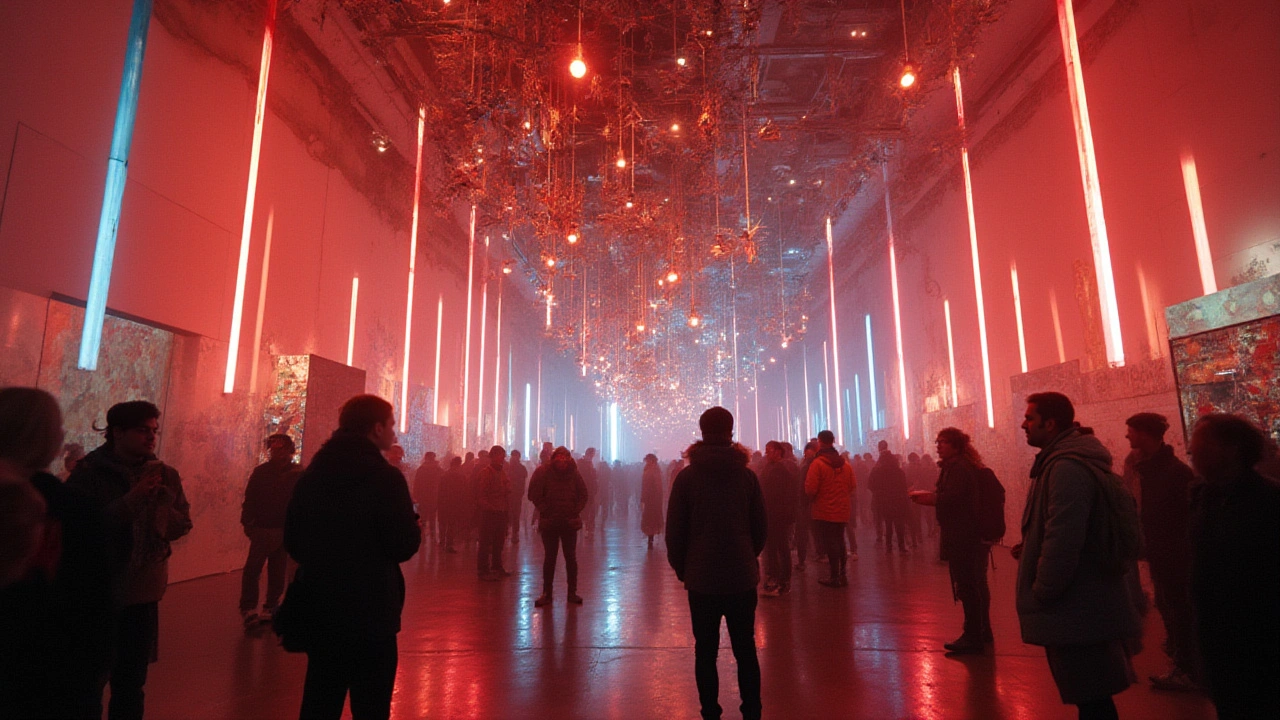Top Street Art Cities Worldwide: Where to Find the Best Urban Murals
Discover the world’s top street art cities, from Berlin’s bustling walls to Melbourne’s hidden alleys. Get tips, festival info, and a handy comparison table for your next urban art adventure.
ReadMore


